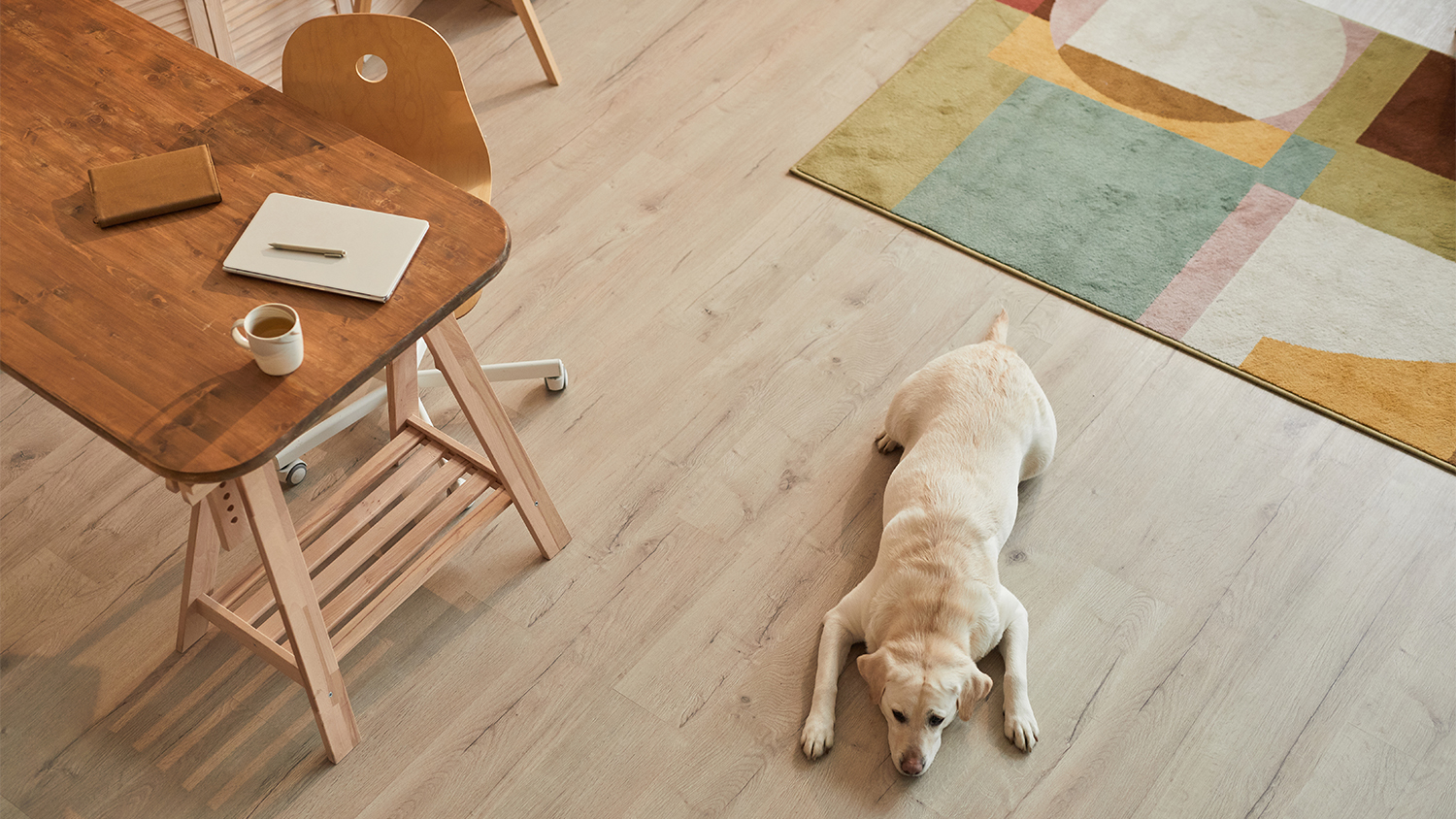
Updated flooring can make any room in your home feel brand new. Explore flooring installation costs in Baltimore, MD, from materials to labor costs.
Treat your leather like you’d treat your skin—carefully, methodically, and with lots of moisturizer


It’s usually the finish or paint on top of leather furniture that starts to peel.
The main cause of peeling leather is a lack of moisture.
You can use several methods to fix peeling leather, including paint, binder, and filler.
Your beautiful leather couch is the centerpiece of your living room. As a bonus, it’s comfortable, too. But what happens when your buttery leather starts crackling like peanut brittle? Learn about why leather cracks and how to fix a peeling couch.

Good-quality leather doesn’t peel or crack. If you’re having peeling problems, it’s for one of two reasons. First, it may not be the leather but the finish or some paint that’s damaged and peeling. The second reason is because of delaminating polyurethane (PU) coating. Furniture makers usually use PU on bonded or faux leather as a sealant, but it isn’t the same as vinyl.
Either way, you can hire a local leather furniture repair pro or explore several DIY options for caring for your leather couch.
Before you attempt any repair efforts, prepare your couch:
Vacuum your sofa to ensure no crumbs or stray fuzz gets stuck in your paint or balm.
Prep your leather with a leather prepping solution and wipe the area with alcohol.
Use a leather binder to strengthen your sofa (and so you don’t have to do this process again in a few months).
Recoloring balm is best for smaller jobs, like minor cracks or small areas that are peeling. You can find recoloring balm at your local home improvement store for $10 to $30 and can use recoloring balm for jobs other than repair work, such as restoring the color of fading leather and repairing scratched leather.
Leather paint is a good option for slightly larger jobs. You must apply it with a paintbrush and you may need to mix colors to get the perfect shade. Depending on the amount you need and the quality you choose, leather paint usually runs between $5 and $75. You can sometimes find it at your local craft store, where there may be more color options than at a home improvement retailer.
If you opt for leather filler, you’ll have to do more work upfront to cut away the peeling leather before you begin. Leather filler has the consistency of margarine, and you can usually get it for between $6 and $40. Repairing with leather filler is also a bit more labor-intensive on the back end, because you’ll need to wait for it to dry, then sand down until the surface of your sofa is smooth.
Leather repair kits cost between $10 and $75 and come with patches to fix your damaged couch. These kits have a cleaning solution, filler, binder, colorant, and patches, so you get everything in one go. The patches usually have adhesive backing or need to be attached with leather glue.
After completing your repairs, applying a leather binder can help prevent future problems by strengthening the material. A bottle of leather binder usually costs around $20, and you’ll need to apply several coats for it to work.
There are a couple of tips for protecting leather furniture to prevent peeling and cracking. Lack of moisture is the leading cause of cracking leather furniture, so make sure the humidity levels in your home aren’t too low. Also, avoid placing your couch near a bright window to protect your sofa from sun damage. And don’t forget to condition your leather regularly to keep it moist and supple. Leather conditioners usually cost around $10 to $20 per bottle, and one bottle will last you for a while.
From average costs to expert advice, get all the answers you need to get your job done.

Updated flooring can make any room in your home feel brand new. Explore flooring installation costs in Baltimore, MD, from materials to labor costs.

Subflooring makes your floors sturdy and level. Learn more about the cost to install plywood subflooring and factors that affect the price.

Updated flooring can make any room in your home feel brand new. Explore flooring installation costs in Charlotte, NC, from materials to labor costs.

Tung vs. linseed oil are products that have a lot of similarities. However, you can use them more effectively when you understand their subtle differences.

With all the flooring options available on the market today, you may be wondering what exactly is vinyl flooring? Get that answer and more in this guide.

This calculator will help you estimate how many floor joists you’ll need to keep your flooring level and secure from the start.